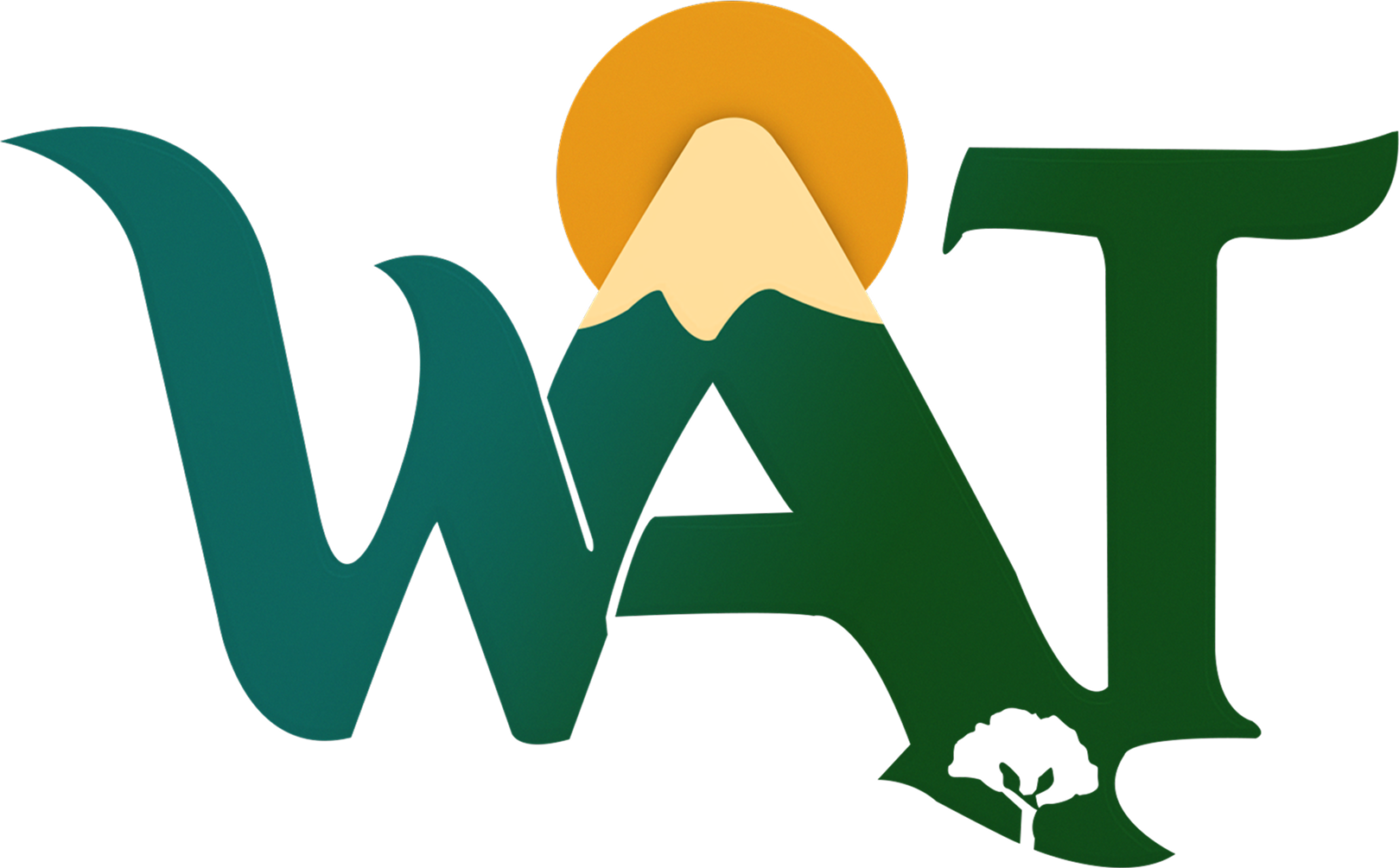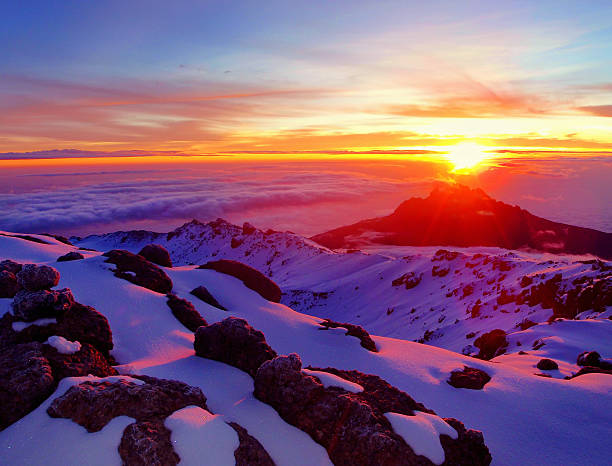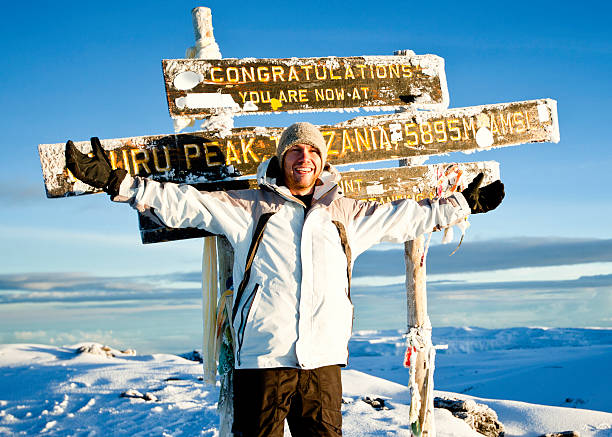Essential Tips for Successful Mountaineering Kilimanjaro Adventures

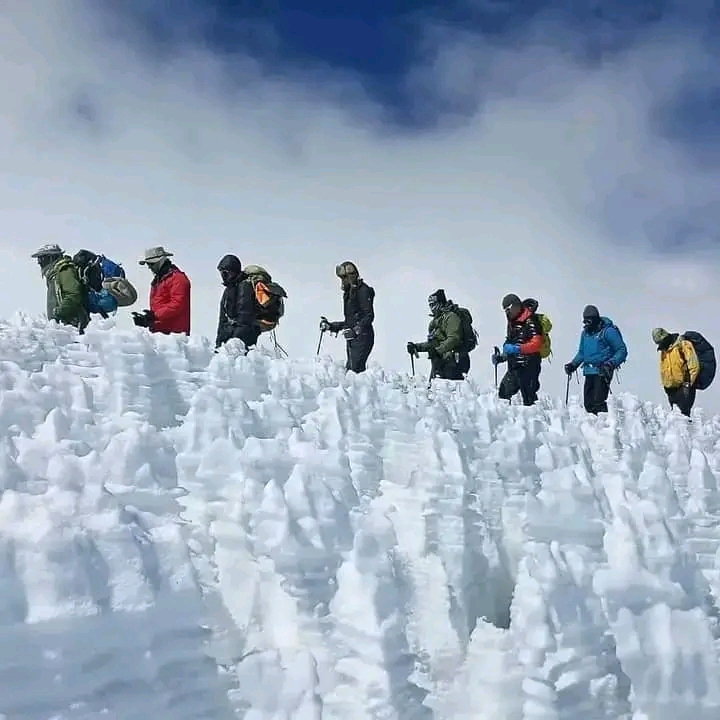
The Allure of the Highest Mountain
Mount Kilimanjaro, located in the beautiful nation of Tanzania, stands as a monumental testament to nature's grandeur.
As the highest mountain in Africa, its snow-capped peak is an iconic image recognized worldwide.
Reaching an impressive elevation of 19,341 feet, it is the world's tallest free-standing mountain and a coveted prize for adventurers.
This mountain is a significant part of the esteemed Seven Summits, a collection of the highest peaks on each continent.
For many, the journey of climbing Kilimanjaro is a life-defining experience, a test of will, and a profound connection with the wild heart of East Africa.
A Mountain of Many Climates
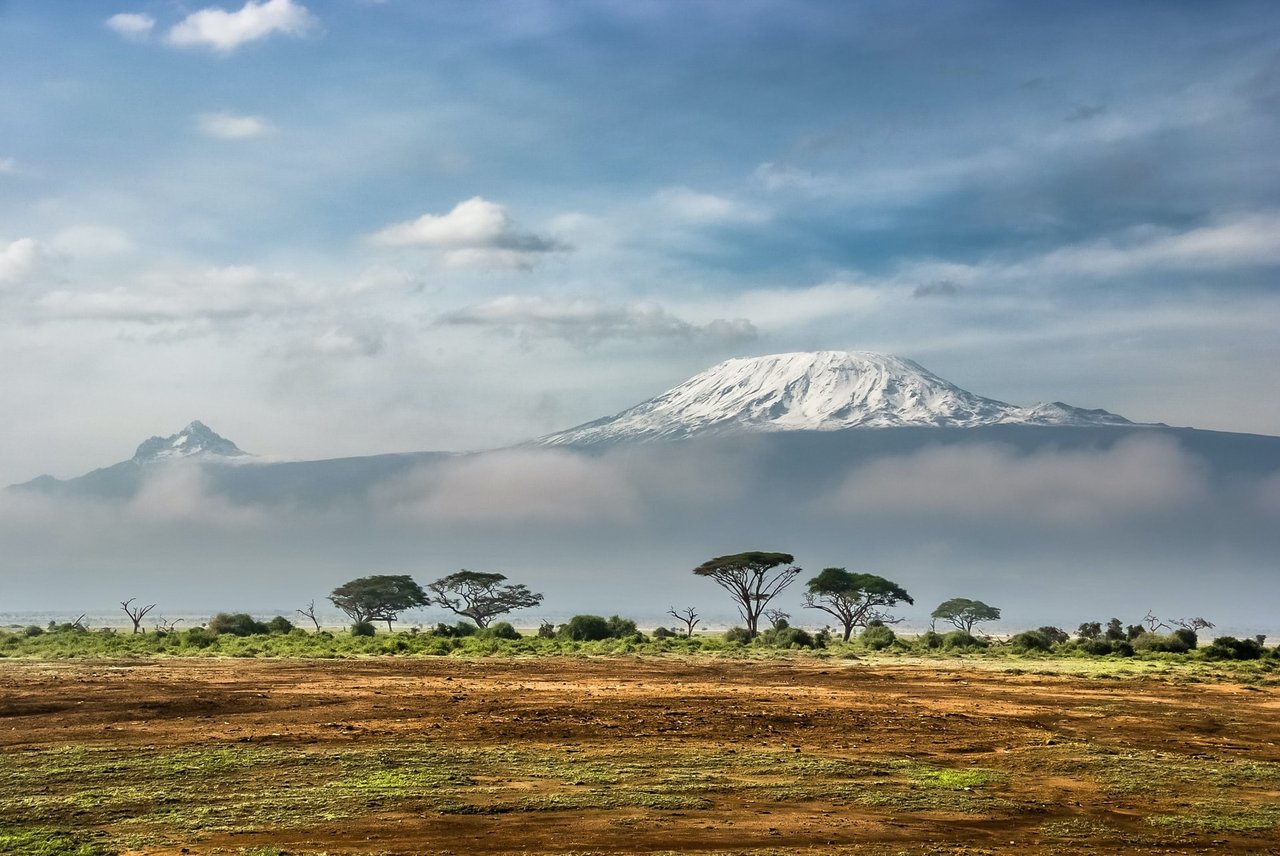
One of the most fascinating aspects of a Kilimanjaro climb is the journey through five distinct ecological zones.
Your trek begins in the lush, vibrant rainforest at the base, teeming with life.
As you ascend, you'll transition into the heath and moorland zone, characterized by giant heathers and otherworldly flora. This gives way to the stark and beautiful alpine desert, a high-altitude landscape that feels like another planet.
Finally, you enter the arctic zone at the summit, a world of ice and rock under a vast sky.
This incredible variety makes every day of the climb a new and visually stunning adventure.
This trek is a walk, not a technical climb, but the challenge of high altitude should never be underestimated.
Why a Guided Climb is Mandatory
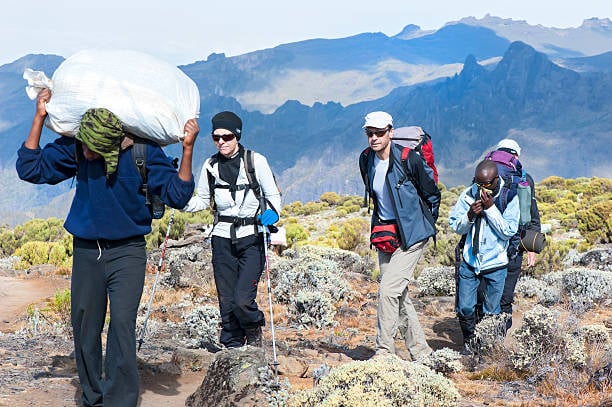
To protect both the delicate ecosystem and the climbers themselves, a guided trek is mandatory for anyone attempting to climb Mount Kilimanjaro.
The authorities of the Kilimanjaro National Park require that all expeditions are led by licensed guides. This policy ensures that climbers are safe, well-supported, and follow regulations designed to preserve the mountain for future generations.
Your guides and porters are the backbone of your expedition, providing expertise, carrying gear, setting up camp, and offering crucial encouragement.
A successful climb often hinges on the quality of your support team.
Best Time to Climb Kilimanjaro
Timing is a critical component of planning your adventure. Choosing the right window to climb Kilimanjaro can significantly impact your comfort, safety, and overall enjoyment. The weather on the mountain is dictated by two main dry seasons and two rainy seasons.
The Prime Climbing Seasons
The best time to climb Kilimanjaro corresponds with the two dry seasons in Tanzania.
The first, and longer, dry season runs from late June through October.
The second dry season is from December to early March.
These periods offer the most stable weather, with clear skies, excellent visibility, and minimal precipitation, creating ideal conditions for a great climb.
Peak Popularity: July to October
The period from July to October is the absolute peak time for climbing Kilimanjaro.
These months coincide with the summer holidays in Europe and North America, drawing the largest number of adventurers to the mountain's slopes.
While the weather is fantastic, be prepared to share the trails with many other climbers.
Warmest Months: January and February
For those seeking warmer temperatures, January and February are an excellent choice.
This window falls within the shorter dry season and is known for being the warmest time of year on the mountain, making for a slightly more comfortable Kilimanjaro trek.
Understanding the Rainy Seasons
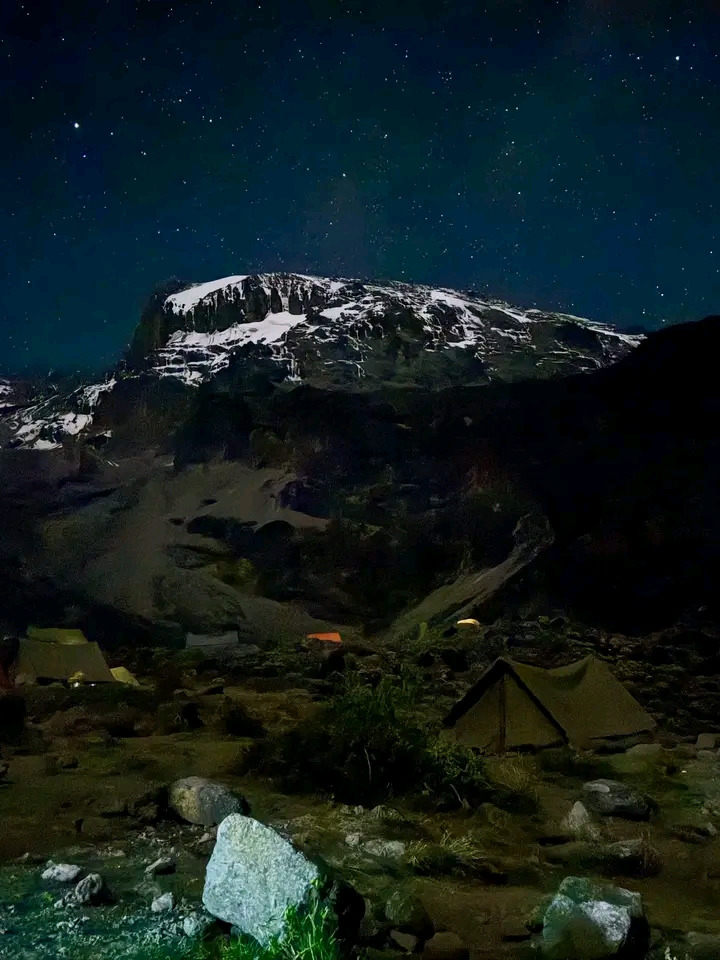
The weather patterns of Kilimanjaro also include a long rainy season and a short rainy season. While climbing during these times is possible, it presents a different set of challenges.
The Long Rainy Season
From March to May, Tanzania experiences its long rainy season. This period brings heavy, consistent rainfall, which can result in very muddy trails, poor visibility, and colder, wetter conditions on the mountain.
Climbing Kilimanjaro during these months is generally best avoided due to safety concerns and a lower chance of a pleasant experience.
The Short Rainy Season
The short rainy season occurs from November to early December.
It brings afternoon showers, but they are typically less intense and persistent than during the long rainy season.
The trails can still be wet and slippery.
The Appeal of the Off-Season
Why would anyone choose to climb during a rainy season? - The primary benefit is solitude.
The rainy seasons see far fewer climbers, offering a quieter and more personal trekking experience.
For adventurers who prioritize tranquility over perfect weather, tackling the mountain during the wetter months might be an appealing option.
Selecting Your Kilimanjaro Route
With seven main routes leading to the summit of Mount Kilimanjaro, choosing the right path is one of the most important decisions you'll make.
Each route offers a unique combination of scenery, difficulty, acclimatization profile, and foot traffic.
Your choice of Kilimanjaro route will have a direct impact on your summit success.
Why Route Choice and Duration are Crucial
Longer routes are highly recommended because they allow for better acclimatization to the high altitude.
The body needs time to adapt to lower oxygen levels, and a gradual ascent significantly reduces the risk of developing altitude sickness.
While a shorter route might seem tempting, it drastically lowers your chances of reaching the summit safely.
Most successful attempts on the mountain take between seven to nine days, a duration that allows for a steady ascent and proper adaptation. Choosing a longer Kilimanjaro trek is a key strategy for a successful climb.
The Main Kilimanjaro Route Options
The climb routes can require varying levels of physical fitness, with options available for both beginners and experienced climbers.
Here’s a look at the most popular choices for your Kilimanjaro climb.
Lemosho Route: The Scenic Favorite
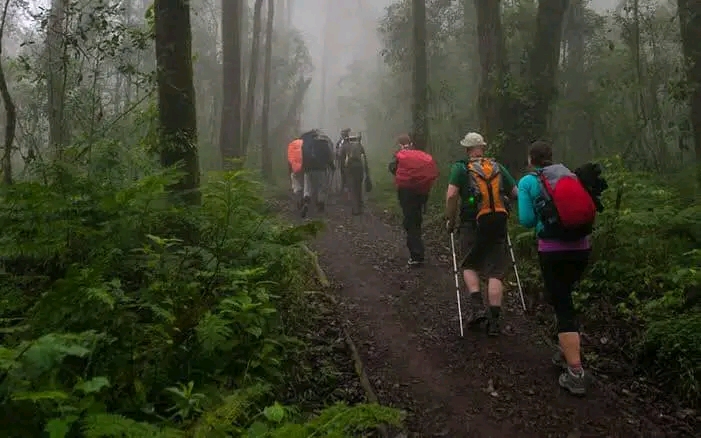
The Lemosho route is widely regarded as one of the best Kilimanjaro options available. It is renowned for its breathtaking panoramic views and excellent acclimatization profile.
This route begins on the western side of the mountain and circles around to the south before the final push to the top.
The Lemosho route has one of the highest summit success rates, making it an ideal choice for those who want to maximize their chances of reaching Uhuru Peak.
It is one of the longer routes, typically taking eight or nine days.
Machame Route: The Popular Challenger
The Machame route, often called the "Whiskey" route, is another extremely popular and scenic option.
Known for its varied terrain, it presents a more challenging trek than some other routes but offers fantastic acclimatization opportunities with its "climb high, sleep low" profile.
Treks on the Machame route typically last seven or eight days. It has very good summit success rates and is perfect for adventurous climbers with some hiking experience.
Marangu Route: The Classic Path
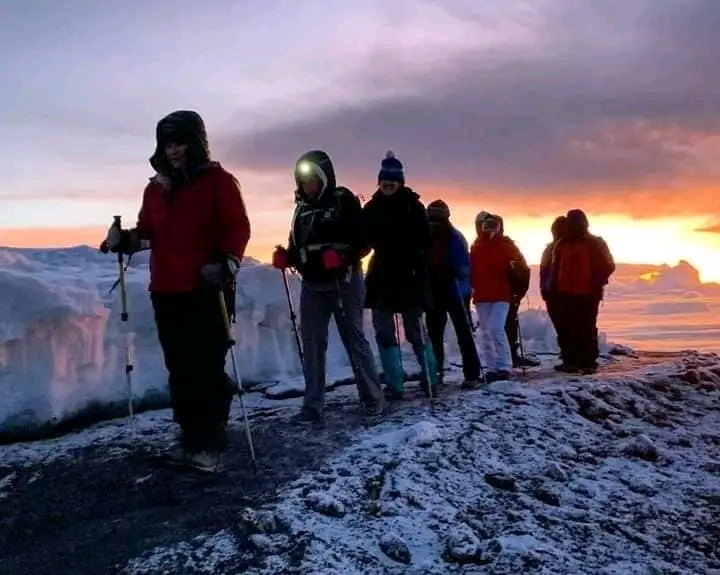
The Marangu route, nicknamed the "Coca-Cola" route, is the oldest and most established path on Kilimanjaro.
It is unique in that it is the only route offering accommodation in dormitory-style huts instead of sleeping tents.
While it's often marketed as the easiest route, the Marangu route has a lower success rate. This is primarily because its shorter five or six-day itinerary provides less time for acclimatization, which is critical for reaching the summit of Kilimanjaro.
Rongai Route: The Northern Approach
The Rongai route is the only one that approaches Kilimanjaro from the north, close to the Kenyan border.
This path is known for being more remote and less crowded. It offers a gentler ascent, particularly in the initial days, which can be beneficial for acclimatization.
The Rongai route is an excellent choice for those climbing during the wetter parts of the year, as the northern side of the mountain receives less rainfall.
Other Routes: Shira, Northern Circuit, and Umbwe
Shira Route: Similar to Lemosho but starting at a higher altitude, the Shira route takes you across the stunning Shira Plateau.
Northern Circuit: This is the longest and newest route on Kilimanjaro. It offers the most superior acclimatization profile and a 360-degree journey around the mountain, but it is also the most expensive option.
Umbwe Route: This is the shortest, steepest, and most direct route to the summit of Mount Kilimanjaro. It is considered the most difficult and is recommended only for very experienced, well-acclimatized mountaineers.
Kilimanjaro Route Comparison
| Route | Typical Duration | Scenery | Difficulty | Success Rate |
| Lemosho Route | 8-9 Days | Excellent | High | Very High |
| Machame Route | 7-8 Days | Excellent | High | High |
| Marangu Route | 5-6 Days | Good | Medium | Lower |
| Rongai Route | 7 Days | Very Good | Medium | High |
Preparation for Climbing Kilimanjaro
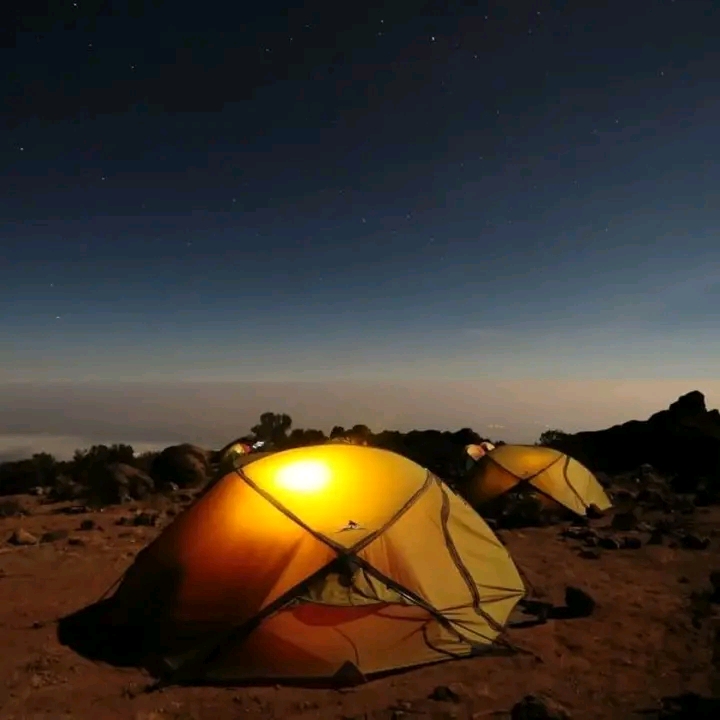
A successful journey to the roof of Africa begins long before you set foot in Tanzania.
Proper preparation, both physical and logistical, is the foundation of a safe and rewarding Kilimanjaro climb.
The majority of climbers who reach the summit do so with adequate preparation.
Physical Conditioning: The Cornerstone of Your Climb Mount Kilimanjaro Plan
Your body needs to be ready for the demands of a multi-day, high-altitude trek.
A good preparation program for climbing Kilimanjaro should focus on improving your cardiovascular fitness, building strength, and enhancing your endurance.
It is recommended to train for at least two months before your climb to build walking endurance and tolerance for prolonged activity.
Building Trekking Endurance
The best way to train for a long hike is to do long hikes. Try to get out on local trails, ideally with some hills or varied terrain.
Hiking on smaller mountains prior to your Kilimanjaro climb is an excellent way to build experience and confidence. Simulating the conditions of the mountain is key.
Practicing hiking with a weighted backpack can better prepare you for carrying your daypack during the actual trek. Using a stair machine or hiking on stairs is also fantastic for conditioning your body for the relentless uphill nature of the climb.
Remember, the typical daily hiking duration on Kilimanjaro is 4-6 hours, so your training should prepare you for this.
Mental Preparation for your Mt Kilimanjaro Adventure
Climbing Mt Kilimanjaro is as much a mental challenge as it is a physical one. You will face fatigue, cold, and the potential for discomfort. Cultivating a positive mindset is essential.
Visualize your success, focus on the incredible journey one step at a time, and trust in your guides and your preparation. This mental fortitude will be your greatest asset, especially on summit night.
Packing the Right Gear for Your Kilimanjaro Climb
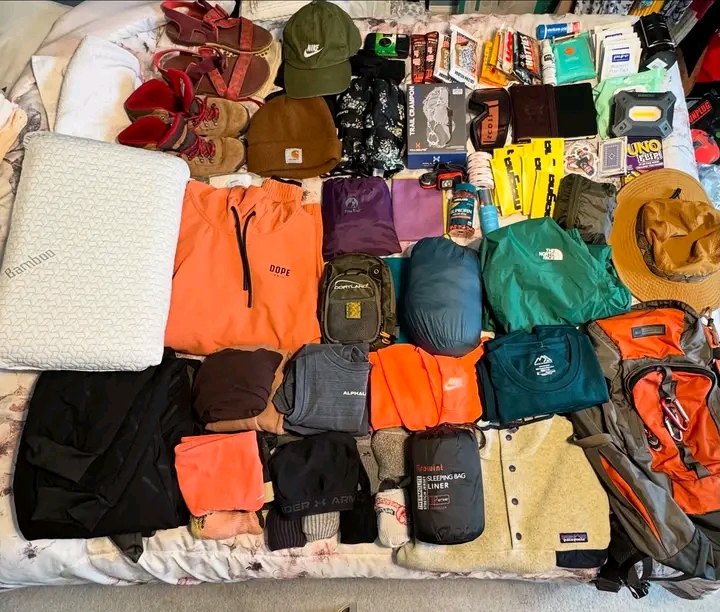
Packing appropriately is non-negotiable. With five climate zones to traverse, layering is the most important principle. You'll need clothing for warm, tropical conditions and for sub-zero arctic temperatures.
Essential Clothing and Layering
Your gear list should be built around a layering system:
Base Layer: Moisture-wicking tops and bottoms to keep sweat away from your skin.
Mid Layer: Fleece or down jackets for insulation and warmth.
Outer Layer: A waterproof and windproof jacket and pants to protect you from the elements.
Critical Gear for Comfort and Safety
Hiking Boots: Good quality, well-broken-in hiking boots are absolutely essential for maintaining comfort and reducing the risk of blisters.
Trekking Poles: Each climber should have trekking poles. They significantly reduce strain on your knees and legs, especially during descents, and provide added stability.
Headlamp & Gloves: A comprehensive packing list must include essential items like a headlamp (or head torch) and warm, waterproof gloves. Your head torch will be vital for navigating in the dark at camp and during the summit night climb.
Sleeping System: While your tour operator will provide sleeping tents, you are typically responsible for your own sleeping bag and sleeping mat. A warm sleeping bag rated for at least -10°C (14°F) is crucial, along with comfortable foam sleeping pads for insulation from the cold ground.
The Experience on the Mountain
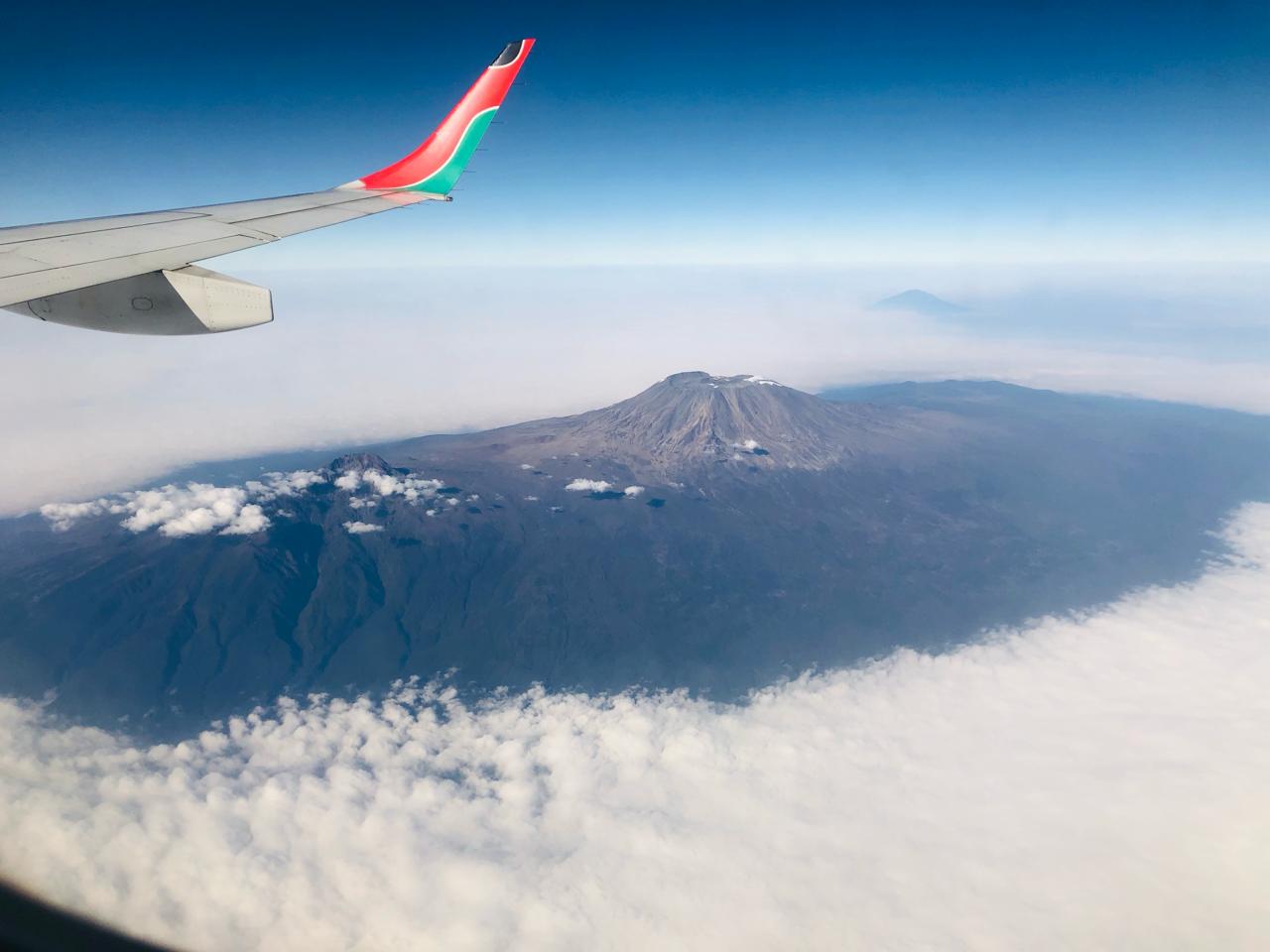
Once you arrive at Kilimanjaro International Airport and meet your team, the real adventure of climbing Kilimanjaro begins.
Life on the mountain follows a rhythm of trekking, eating, and acclimatizing, all while surrounded by some of the most dramatic landscapes on Earth.
A Day in the Life of a Kilimanjaro Trek
Your days will start early with a hot drink delivered to your tent. After a hearty breakfast, you'll set off on the trail.
Your main pack will be carried by a porter, while you carry a daypack with water, snacks, extra layers, and rain gear.
The pace will be deliberately slow - "pole, pole" as they say in Swahili - to help your body acclimatize.
You'll often stop for a picnic lunch before arriving at the next camp in the afternoon.
Once at camp, you'll have time to relax, rehydrate, and enjoy dinner before an early night. Some routes may feature wild camping, adding to the sense of adventure.
The Challenge of Altitude Sickness
The single biggest obstacle to reaching the summit of Mount Kilimanjaro is high altitude. Preparing for altitude sickness is important, as it affects many climbers attempting the climb due to the rapid ascent.
What is Altitude Sickness?
Altitude sickness, or Acute Mountain Sickness (AMS), is a negative health effect of high altitude, caused by rapid exposure to low amounts of oxygen. Symptoms can range from mild (headache, nausea, fatigue) to severe and life-threatening.
Acclimatization is Everything
Acclimatization is crucial for success on Kilimanjaro. It is the process by which your body gradually adapts to the decreasing oxygen levels at higher elevations.
This is why choosing a longer route that allows for a gradual ascent is so important. Listening to your guides and maintaining a slow pace are the best ways to facilitate this process.
A key part of many routes is the acclimatization hike to places like the iconic Lava Tower.
Here, you climb to a higher elevation during the day before descending to sleep at a lower altitude, a cornerstone of safe acclimatization. You'll pass through the alpine desert on your way to this key landmark.
Milestones on the Way to the Top
Your Kilimanjaro trek is marked by a series of camps that serve as your home each night. Each camp represents a step closer to your goal.
On popular routes like Machame and Lemosho, you will stay at key locations like Shira Camp on the Shira Plateau, the scenic Barranco Camp, the crucial Karanga Camp, and finally Barafu Camp, the base camp for the summit attempt. On the descent, you'll pass through Mweka Camp.
The Final Ascent: Summit Night
The culmination of your climb is summit night, the most challenging and rewarding part of the entire journey. This is the final push to the summit of Kilimanjaro.
The Longest Night
Your summit day begins around midnight from Barafu Camp (or a similar base camp).
After a light snack, you'll begin the slow, steep climb in the cold and dark, guided by the light of your head torch.
This final ascent to the summit of Mount Kilimanjaro can take a grueling 10-14 hours of continuous effort. The slow, steady pace is designed to conserve energy for the immense challenge.
The Glory of Uhuru Peak
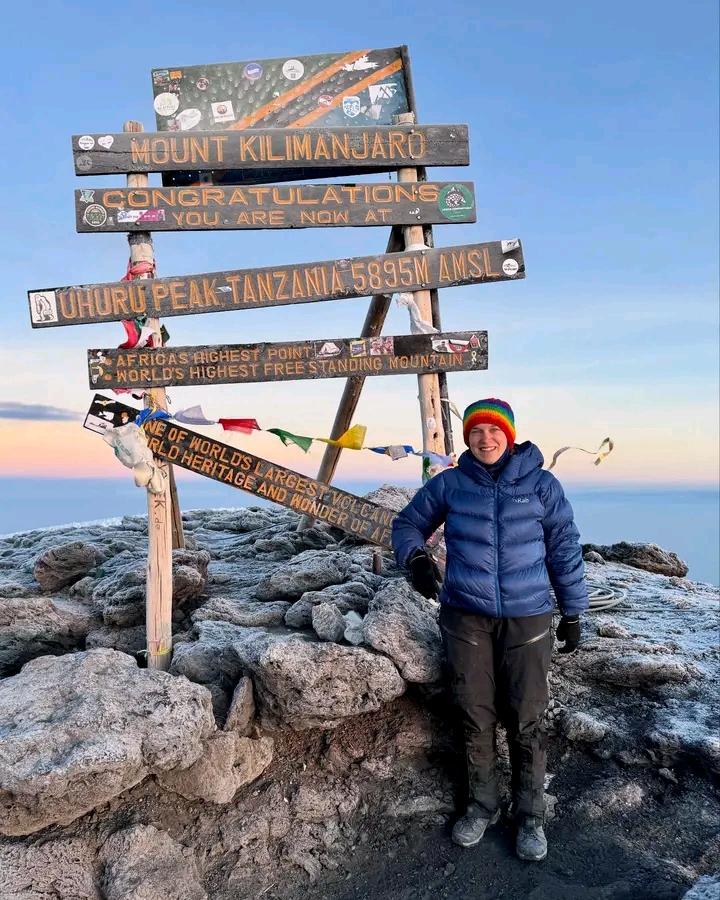
From Stella Point, it's a final, relatively gentle walk of about an hour along the crater rim to reach the true summit, Uhuru Peak.
Standing at 19,341 feet, this is Africa's highest peak and the highest point on the continent.
The feeling of watching the sunrise over the African plains from the summit of Kilimanjaro is indescribable. This is the moment to take your triumphant summit photos and savor your incredible accomplishment.
This is the Mount Kilimanjaro summit. A great climb ends here, at the roof of Africa.
Budgeting for your Best Kilimanjaro Experience
Understanding the costs involved is a vital part of planning your climb. The price of a Kilimanjaro climb can vary widely.
What Does a Kilimanjaro Climb Cost?
Climbing Kilimanjaro can cost anywhere between £1500 and £4500, with some luxury companies charging up to £6000.
Be wary of budget companies offering climbs for less than £2300, as this may indicate compromised safety standards or poor treatment of porters.
The total cost is influenced by the selected route and the quality of the operator's services.
Breaking Down the Costs
A significant portion of your payment goes toward fees that are essential for the preservation of the mountain and the safety of the climb.
Park Fees: The Kilimanjaro National Park fees are a major component of the cost. These park fees typically range from £600 to £800 per person, depending on the duration of your trek.
Guide and Porter Wages: Costs associated with climbing Kilimanjaro include guide and porter payments. Reputable companies ensure their staff are paid fair wages, which is reflected in the overall price.
Logistics: The cost also covers food, transport from your hotel to the park gate, and all camping equipment like sleeping tents and cooking gear. These national park fees are non-negotiable.
Beyond the Climb: Your Tanzanian Adventure
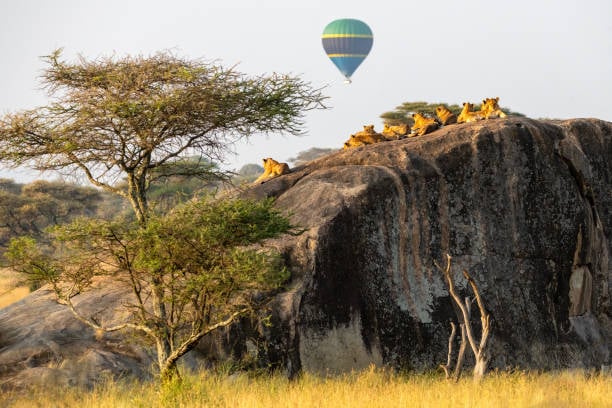
Reaching the summit of Mount Kilimanjaro is an extraordinary feat, but your adventure in East Africa doesn't have to end there. Tanzania is one of the world's premier wildlife destinations.
Celebrate Your Successful Climb
After descending from the mountain, take time to celebrate your successful climb.
You've just conquered a world-famous mountain in Africa and joined an elite group of adventurers who have stood on one of the Seven Summits.
It's an achievement that will stay with you forever. Your summit success is a testament to your perseverance.
Extend Your Trip with a Safari
Many climbers choose to reward themselves with a safari in Tanzania's world-renowned national parks. This is a perfect way to experience a different side of the country's natural beauty and engage in some spectacular game viewing.
Serengeti National Park: Famous for the Great Migration, the Serengeti offers some of the most incredible game viewing on the planet.
Ngorongoro Crater: This UNESCO World Heritage site is a massive volcanic caldera teeming with wildlife, including the Big Five. A trip to the Ngorongoro Crater is a journey into a lost world.
Tarangire National Park: Known for its large elephant herds and iconic baobab trees, Tarangire National Park provides a fantastic and slightly less crowded safari experience.
Exploring these national parks is the perfect complement to the physical challenge of climbing Kilimanjaro.
Your Mountaineering Kilimanjaro Legacy
Embarking on a journey to climb Mount Kilimanjaro is more than just a trip; it is a profound adventure that challenges your limits and rewards you with unparalleled experiences.
From the lush rainforests at its base to the icy summit of Uhuru Peak, every step on this mountain is part of an unforgettable story.
By choosing the best time to climb, selecting the right Kilimanjaro route for your ability, training diligently, and respecting the power of the high altitude, you set yourself up for the best possible chance of reaching the summit of Mount Kilimanjaro.
This majestic mountain, the tallest peak in Africa, offers a unique blend of physical challenge and natural splendor, creating memories that will last a lifetime.
